WA Market Wrap
By Richard Beck
20th November, 2023
The Western Australian harvest looks like being a quick one with a lot of light crops this year. Receivals in the Geraldton zone started in mid-September and a number of growers have already finished. Production expectations were not high given the lack of summer and growing season rain in most parts of the region. The complete lack of any finishing rain has seen production dip further, particularly in the case of wheat. Canola seemed to hold on relatively well and has already exceeded GIWAs forecast of 150,000t with 209,000t delivered to date, still a far cry from last year’s receivals of 498,000 tonnes. Wheat production looks unlikely to achieve GIWA’s forecast of 1,450,000 tonnes. To date 785,000 tonnes has been received and daily deliveries suggest we have seen the peak of harvest. Utility wheat grades (high screenings) are dominating receivals in most parts of the Geraldton zone.
The Northern and Eastern parts of the Kwinana zone have also been impacted by no summer rain and very limited growing season rain. High screenings are pushing some wheat into utility grades in Kwinana but not nearly to the same extent as is the case in Geraldton zone.
The yields that have been achieved given the low rainfall in many areas is testament to the advances technology and farming systems employed by growers.
Harvesting in the Southern Kwinana zone, Albany zone and majority of the Esperance zones is building with early results suggesting generally good yields, in some cases as good as 22/23. Wheat protein is typically higher than seen in recent year.
Rain over the weekend and early this week has slowed progress in some areas from Kwinana through to Esperance but a generally fine and warm outlooks should see harvest in full swing again by mid week.
Australian wheat production this year is forecast by ABARE at 25.3 million tonnes with Western Australia making up 8.5 million tonnes of this total. This represents a much smaller export task this year and marketers can focus on higher paying markets particularly for milling grade wheat. The smaller crop also means that there is stronger competition between marketers to accumulate tonnes. Consequently pricing is remaining very firm relative to global values which are generally weak, being pressured by sales from the Black Sea region in particular and Canada and Europe to a lesser extent.
Barley prices have come back from the spike seen following the resumption of exports to China and continue to be sensitive to demand news and sentiment coming out of China on an almost daily basis. Canola pricing is relatively the weakest among the big three grains produced in Western Australia. Despite a significantly smaller crop locally and nationally, abundant supply from Canada in particular is keeping canola prices subdued.
Harvest moves South
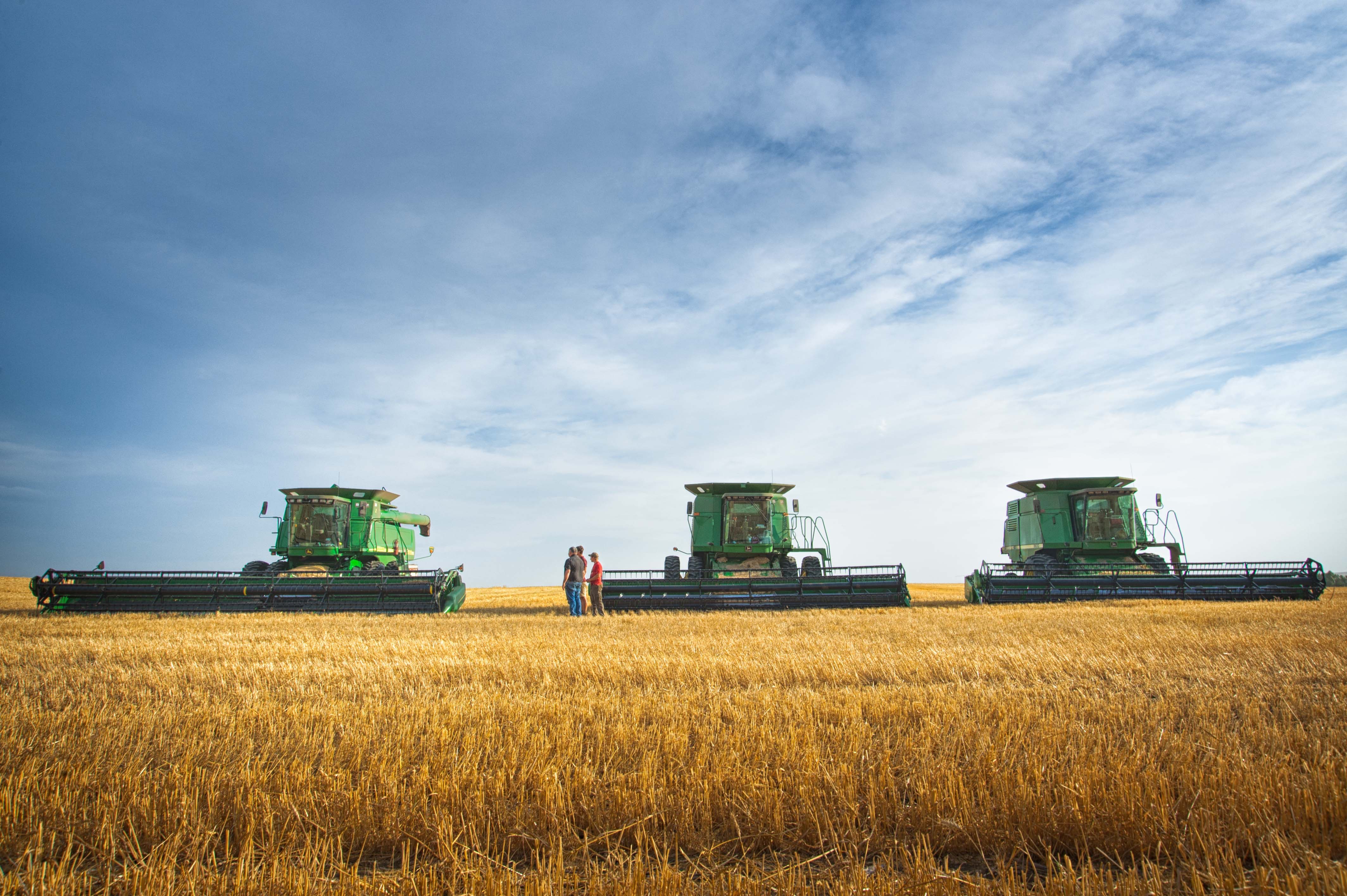
Queensland and Northern NSW have parked the headers and are done and dusted, while Central NSW is about 50% done. Southern NSW is seeing more headers in canola and barley paddocks, and we should start to see some activity in wheat paddocks sooner rather than later......
Read MoreHarvest well ahead of previous years
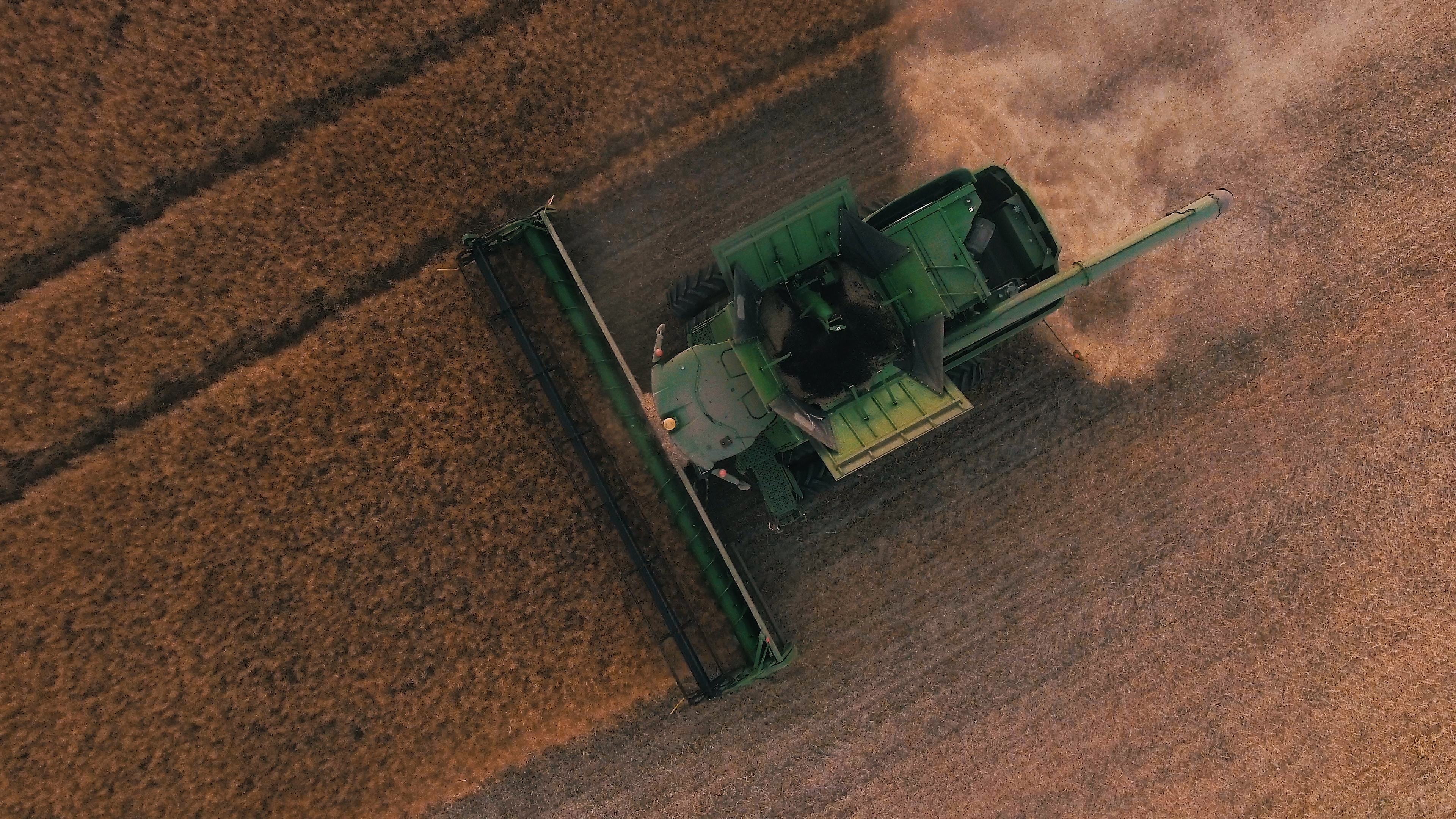
As we move further into November, harvest progresses at an incredibly rapid pace. Traditionally harvest would be 10% completed in the northern part of the Port Kembla zone by the end of the first week of November......
Read MoreAn update on harvest
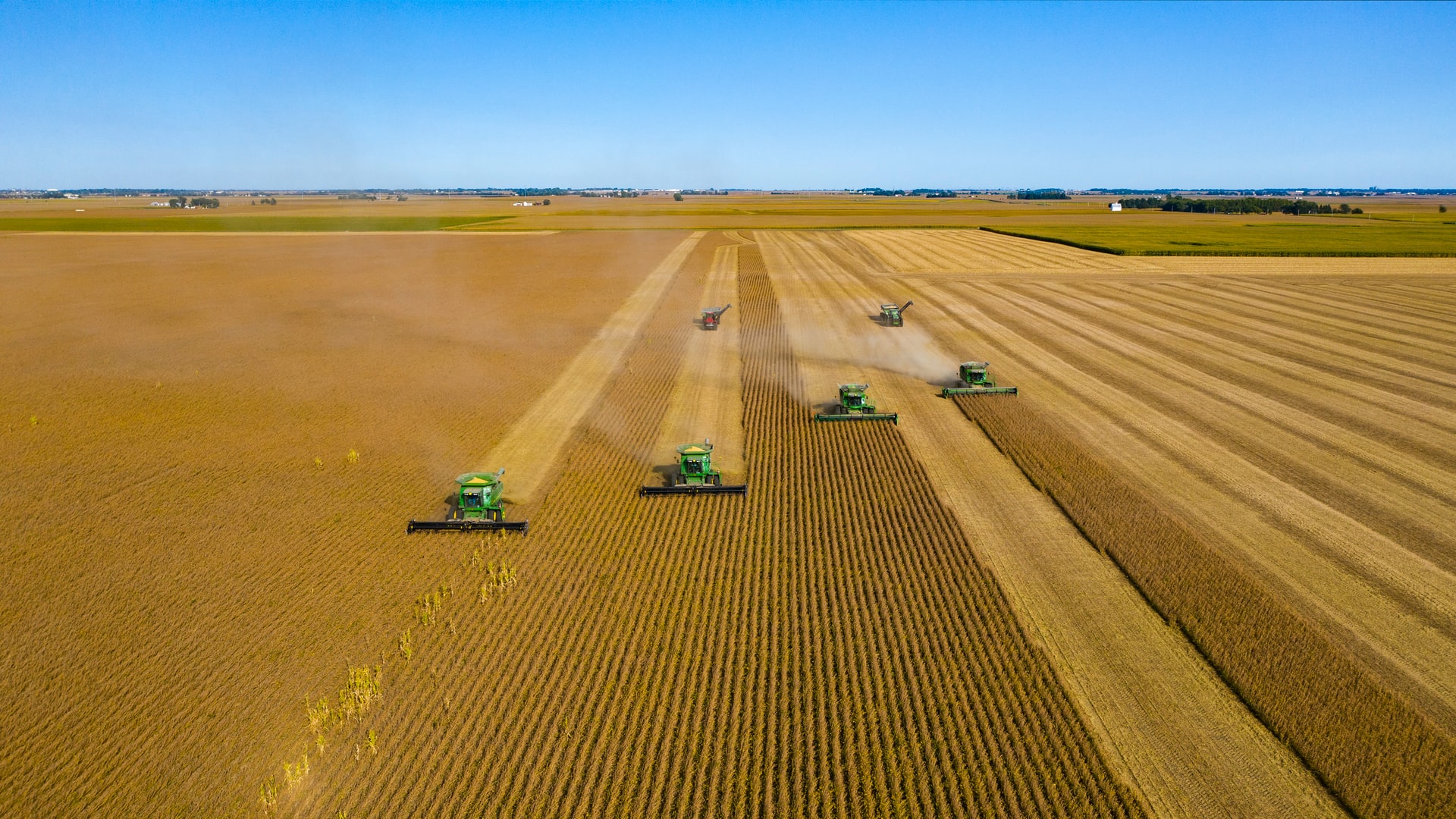
Harvest is rounding the home straight in Queensland and Northern New South Wales nearing 50-60%. Quality to date has been reflective of the seasonal conditions, with the lack of moisture contributing to grades milling around the centre of the quality chart, with ASW1/AUH2/APW1 the main grades being presented at bulk handling sites......
Read MoreDry weather hits sorghum production.
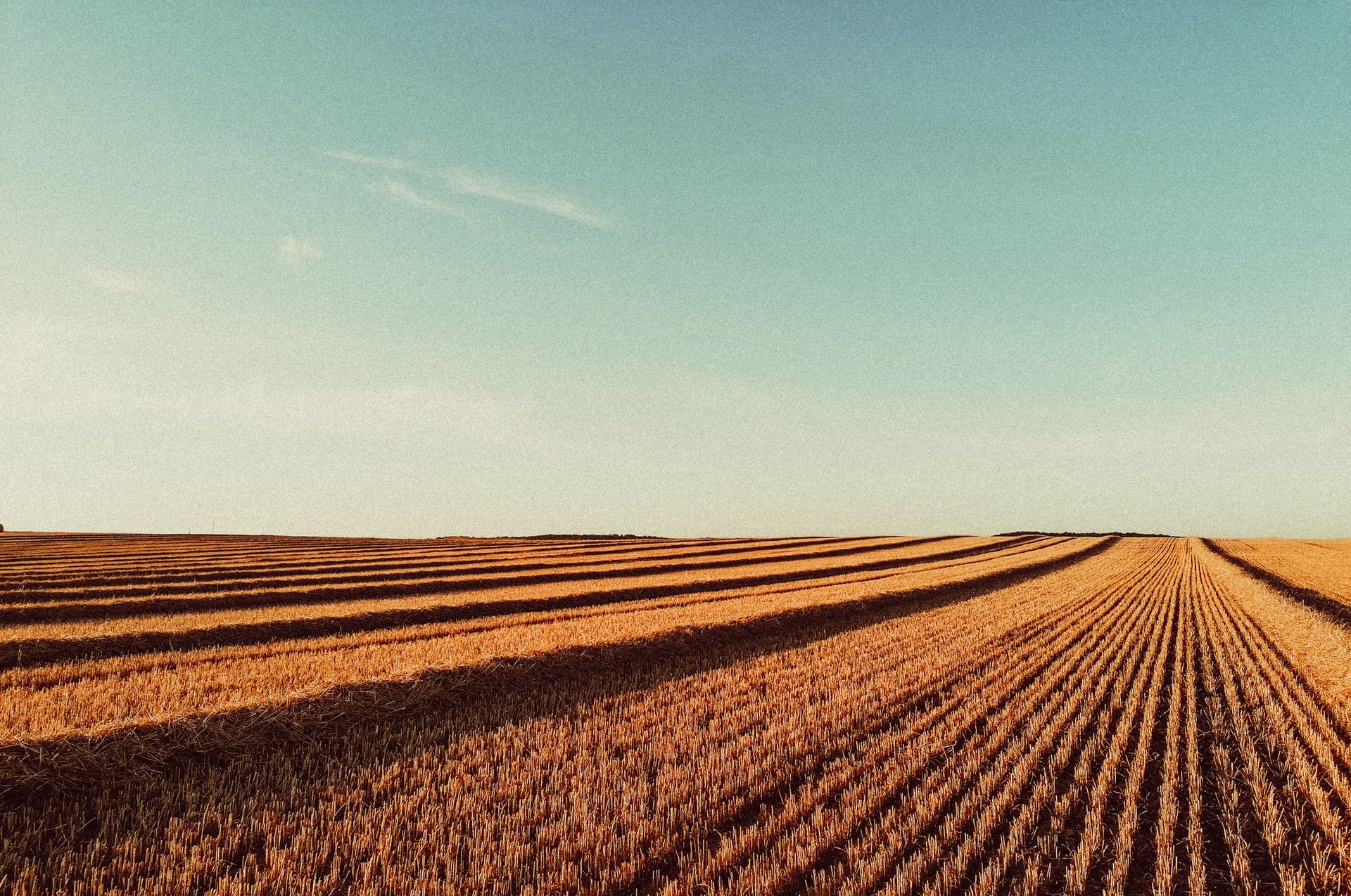
The weather in recent weeks has generally been favourable to most grain producing regions. Areas in the north have seen clear weather allowing harvest to progress at perhaps a pace faster than many would like.....
Read MoreHarvest activity increase sees prices decrease
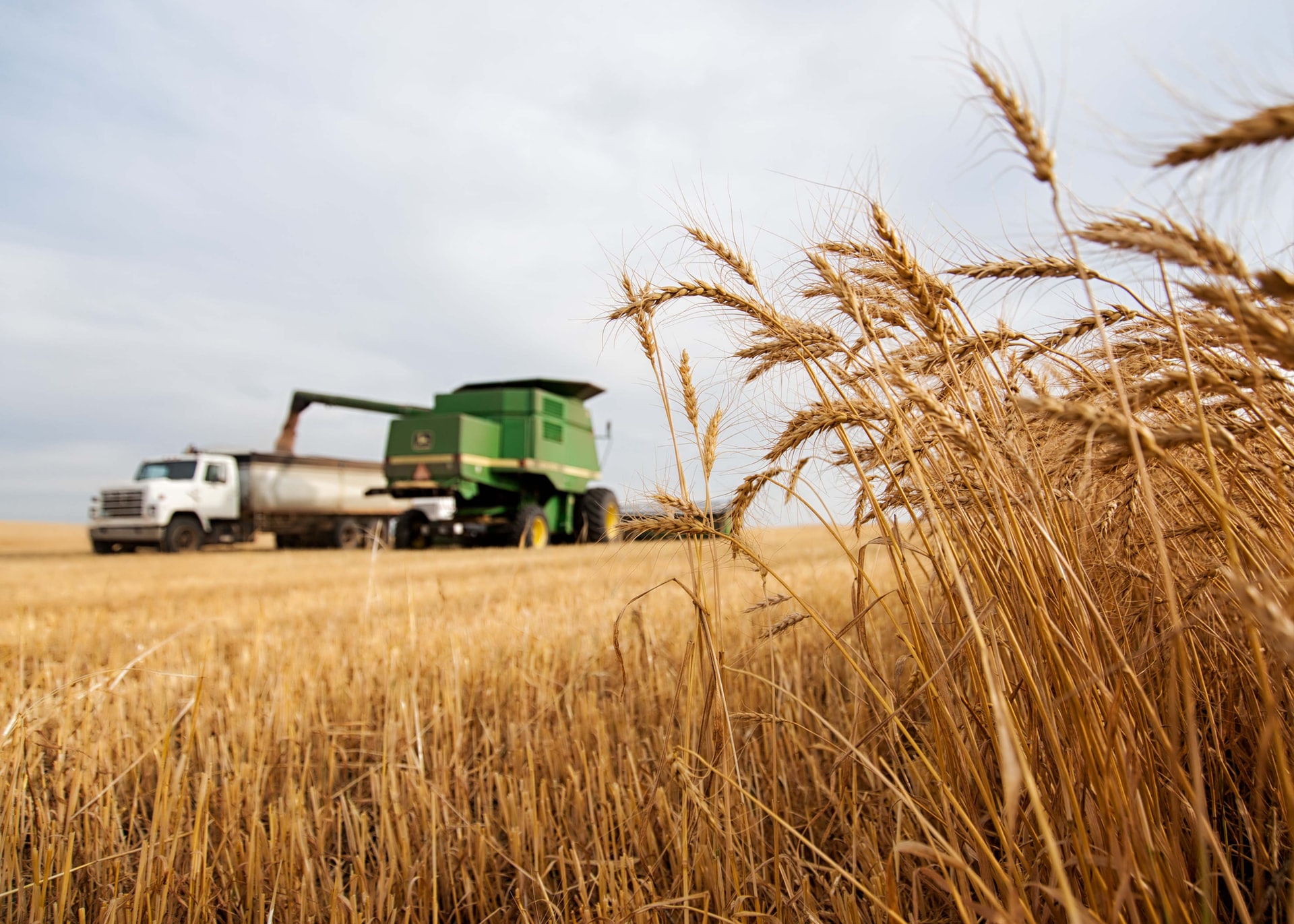
Harvest has now kicked off in most of the country’s northern cropping regions and as header activity rapidly moves south it won’t be long before we’re well and truly underway across all zones. Queensland growers are now stripping wheat as canola is making its way into receival sites as far south as the NSW Sturt Highway....
Read MoreRain makes grain
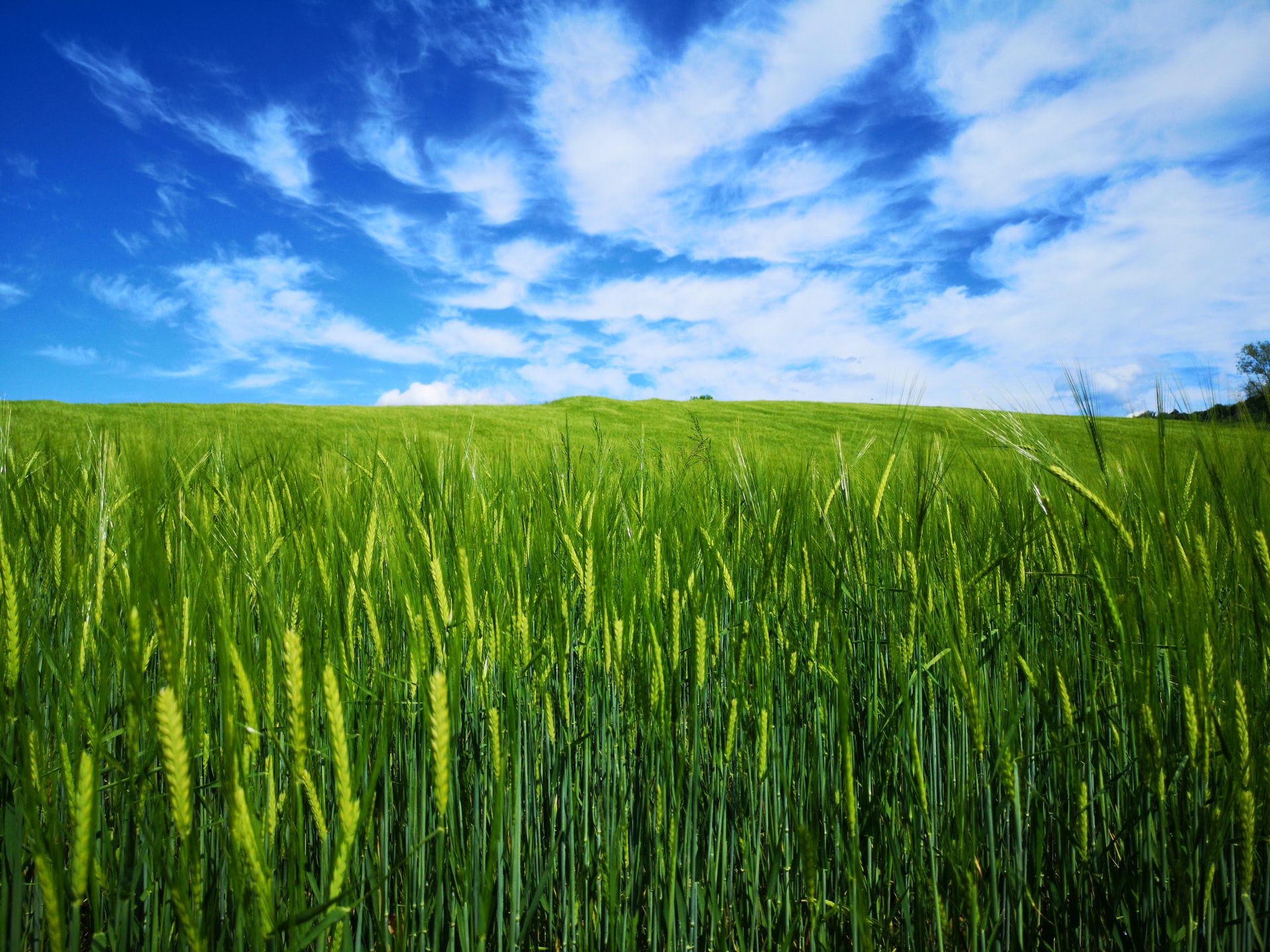
Its fair to say that a rain in spring is worth its weight in gold and last week we saw this come to fruition with reports of 15mm to 100mm+ recorded. In some regions, the rain came too late to add yield, however this one event will certainly lead to small grain size and pinched grain being a lot less common occurrence than it might have been, as crops were beginning to run out of moisture.....
Read MoreGlobal Wheat Production Estimates Lowered With Drier Outlook

Looks like September was one for the record books with what might have been the warmest and driest since records began, not to mention Collingwood tying with Essendon and Carlton with 16 grand final wins on the last day of the month....
Read MoreHow Time flies
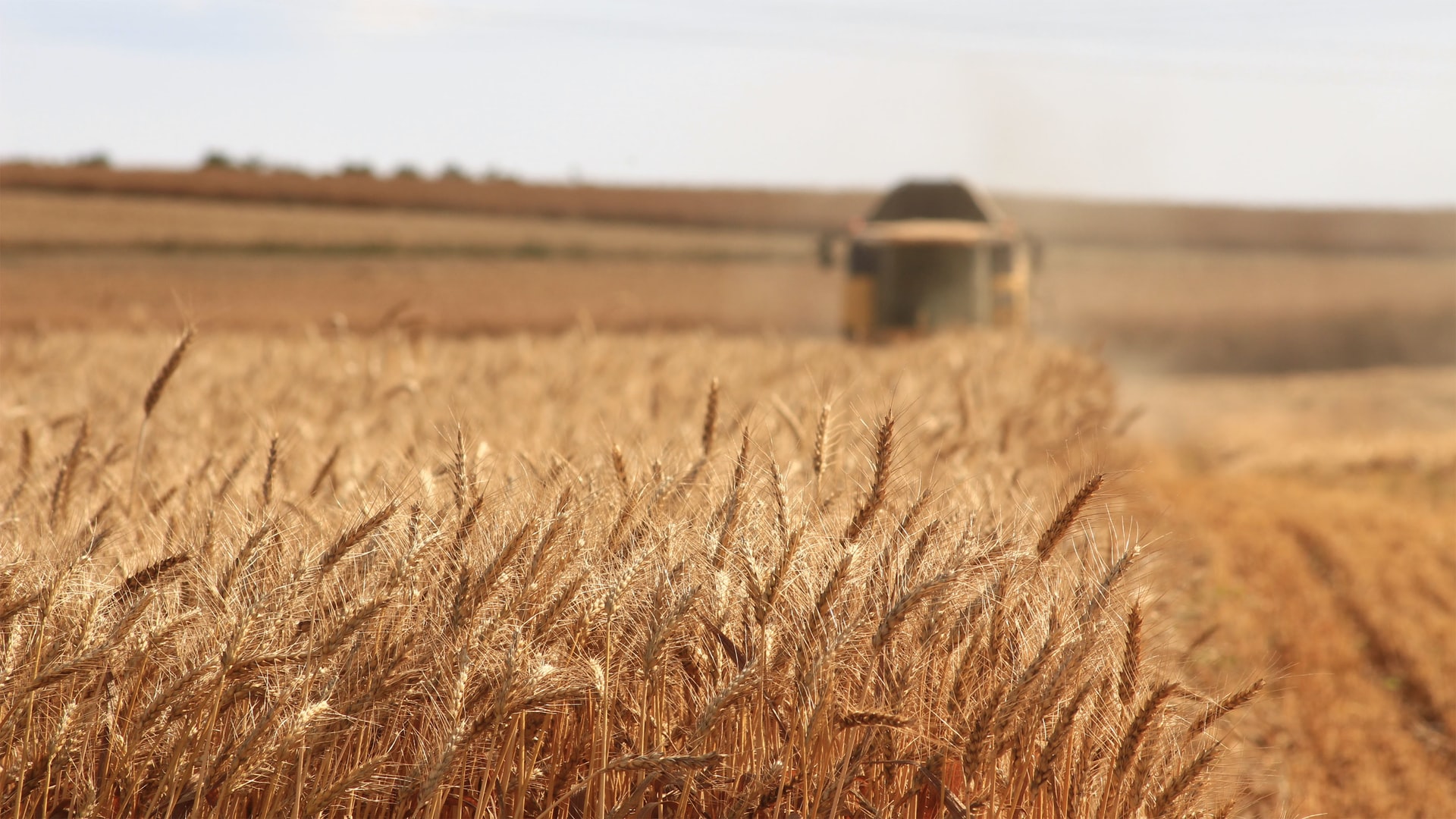
It seems like only yesterday that we were celebrating a Geelong premiership, but 12 months has flown by and its Grand Final week again. It also feels like we only just put last year’s harvest to bed, but in the blink of an eye we are back at it again....
Read MoreSupply estimates are out, but what's in doubt?
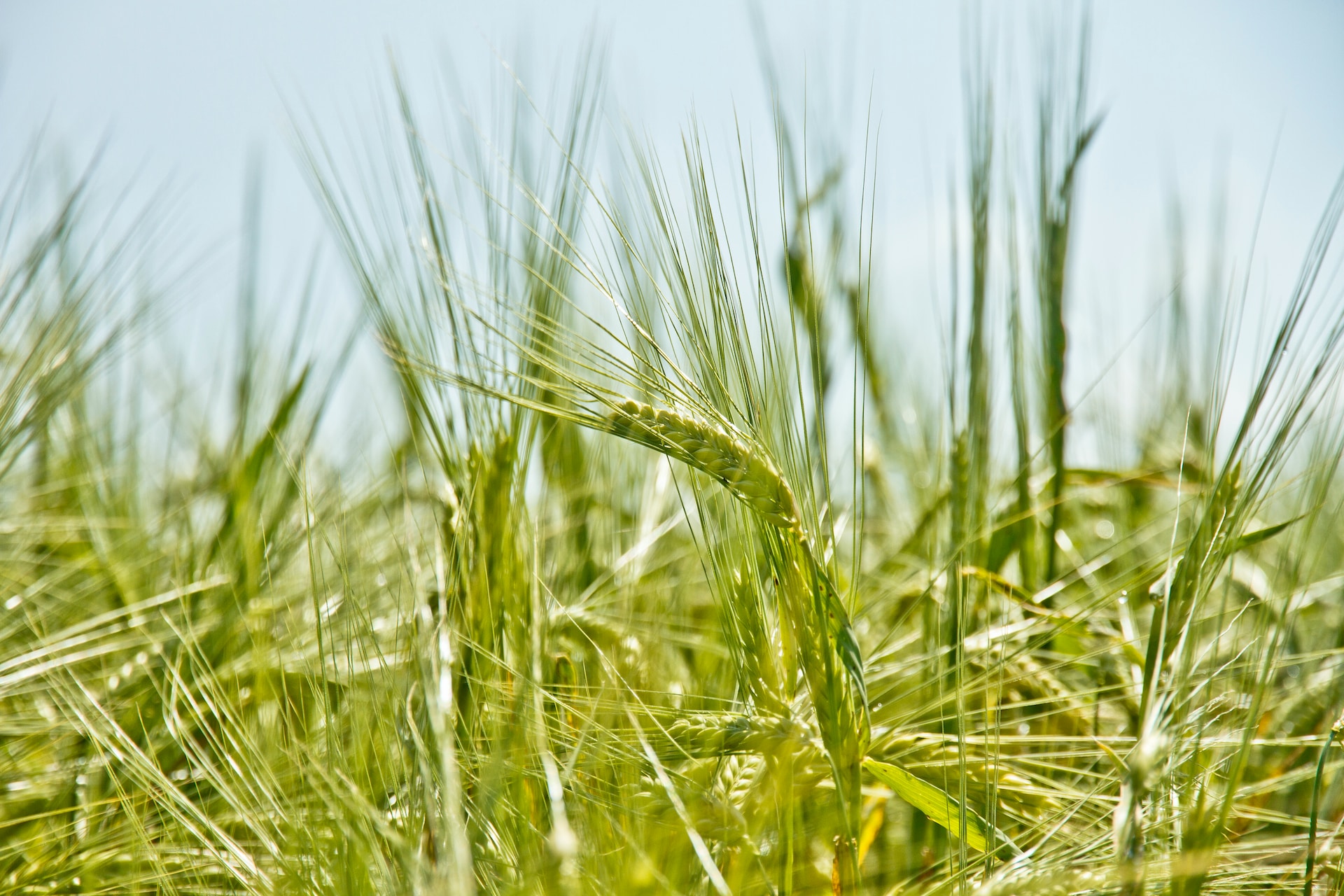
Last week saw the release of the September USDA WASDE report which published a decline in global wheat supplies, mainly from AUS, Argentina, Canada and the EU....
Read More